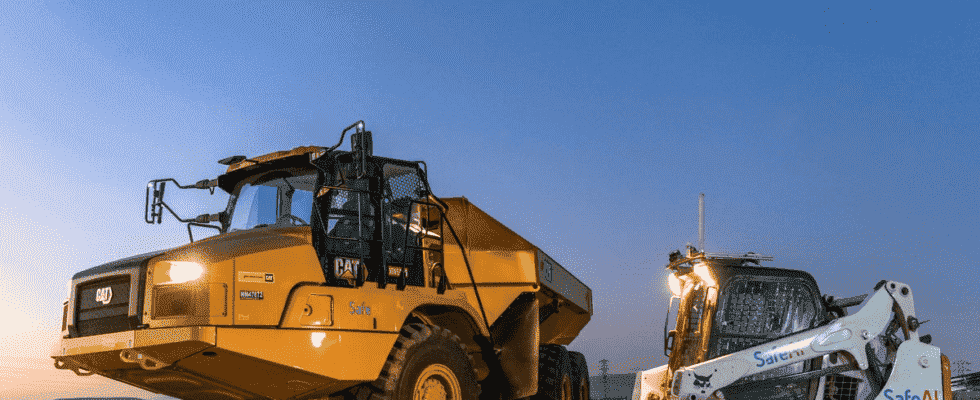Construction is a dangerous and uncertain sector. New data suggests that these are some of the factors driving industry to adopt automation technologies, especially robots.
In fact, the construction robot market is exploding, growing at a compound annual growth rate (CAGR) of 14%, according to new insights from Straights Research, and is expected to more than triple by 2030.
We’ve highlighted some of the technologies that are making their way to construction sites, including drone deployments, robots laying out grid lines before constructions, rebar robots, scaffolding robots, and K9 robots. . Demand appears to be converging, driven in part by safety concerns and rising labor costs, and in part by demographic trends.
The World Bank estimates that 7 out of 10 people worldwide will live in cities by 2050, marking the culmination of a century of migration from rural areas to dense urban centers. Demand for housing has sent prices skyrocketing and will continue to drive a boom in new construction.
Robotics is particularly attractive in Europe
Recognizing the industry’s challenges related to labor shortages, rising labor prices and security concerns, technology developers see construction as ripe for the adoption of the technology. ‘automating.
Heavy equipment suppliers like Husqvarna and Brokk, which makes a demolition robot, are looking into the matter.
At the same time, smaller start-ups are developing innovative technologies to meet niche needs in the construction sector. A company called Kewazo is having success with a handling robot called Liftbot, which installs scaffolding. React Robotics has developed a four-legged assistance robot called DogBot, which is a mobile sensor platform capable of autonomously navigating spaces using machine learning algorithms for locomotion, perception, and proprioception.
Interestingly, while the United States is partly responsible for this phenomenon, Europe has taken a considerable lead in the use of robots in construction. Europe generally has higher minimum wages and a shortage of manual labour, which is no coincidence, as these are the same factors that have allowed robotic lawn mowers to take hold there more firmly than elsewhere.
Currently, there are 1.2 robots per 10,000 construction workers in Europe. In the United States, this figure is 0.2 per 10,000, and in China it is 0.1.
Potential to exploit
But these numbers are almost certain to increase rapidly. Productivity in construction has actually halved since the 1960s. The industry has not kept pace with innovation, which is why the diesel-powered hydraulic machines you find on most yards remain essentially unchanged from those circulating 100 years ago.
This results in massive inefficiencies in the sector. According to a KPMG global construction survey, only 25% of projects were completed within 10% of their original timeframe. When it comes to mega-projects, like large infrastructure projects, McKinsey found that 98% of them are behind schedule or over budget and 77% are more than 40% behind schedule.
As with automotive manufacturing and logistics, inefficiencies create opportunities when it comes to automation. All in all, the stage seems set for a major revolution in construction automation.
Source: ZDNet.com
